Photos: Aerial Images Reveal Mysterious 'Big Circles' in Middle East
Huge stone circles discovered by air in the Middle East have been imaged with high resolution, revealing their age and other intriguing details. Here's a look at the "Big Circles," which have puzzled scientists for decades. [Read full story on the stone circles]
Sprawling circle
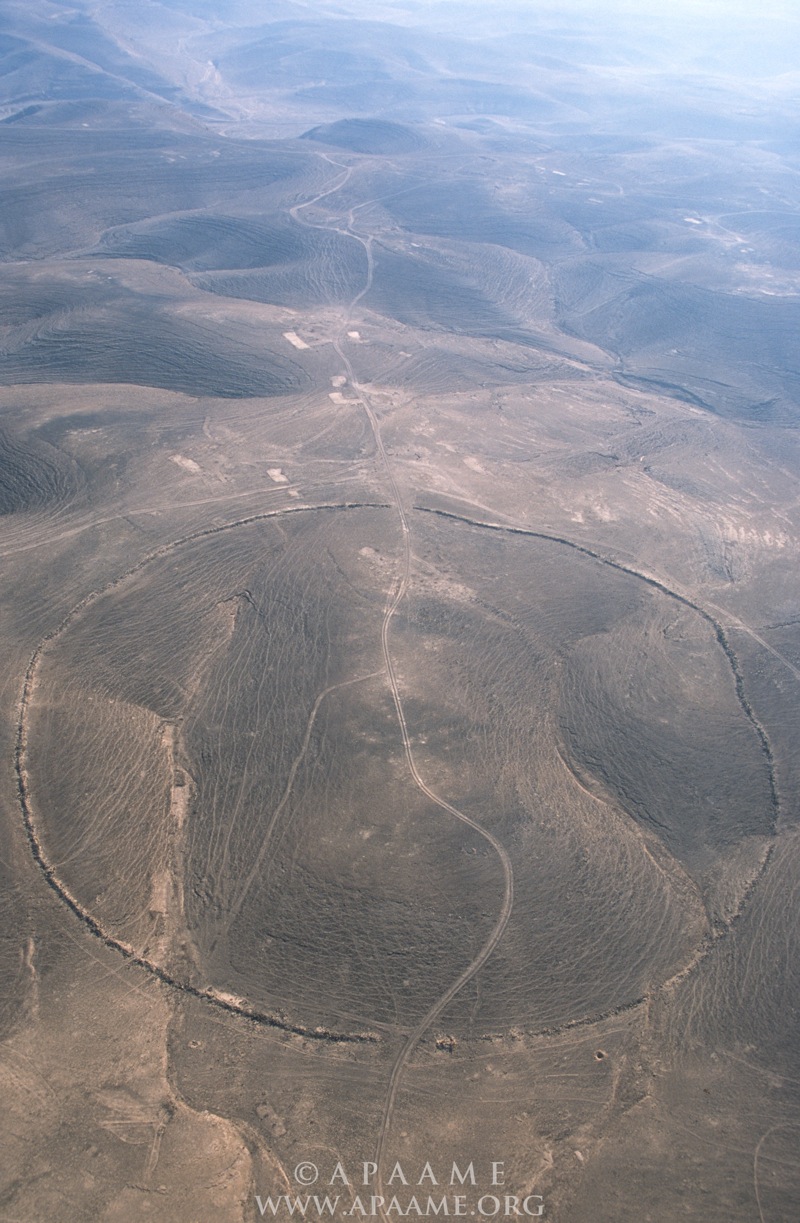
Archaeologists in Jordan have taken high-definition aerial images of 11 Big Circles (as archaeologists call them). Built with low stone walls, the Big Circles have remained mysterious, as archaeologists aren't sure of their purpose. The circles were first seen in the 1920s by aircraft. Even so little research has focused on them and little is known about the structures.
Now, these aerial images suggest the Big Circles were created at least 2,000 years ago, possibly dating to prehistoric times. Here, a circle dubbed J2 seen from the air. It is about 390 meters (1,280 feet) in diameter. (Image Credit: David L. Kennedy, copyright is retained by the Aerial Photographic Archive for Archaeology in the Middle East, image APAAME_20040601_DLK-0052)
On the ground
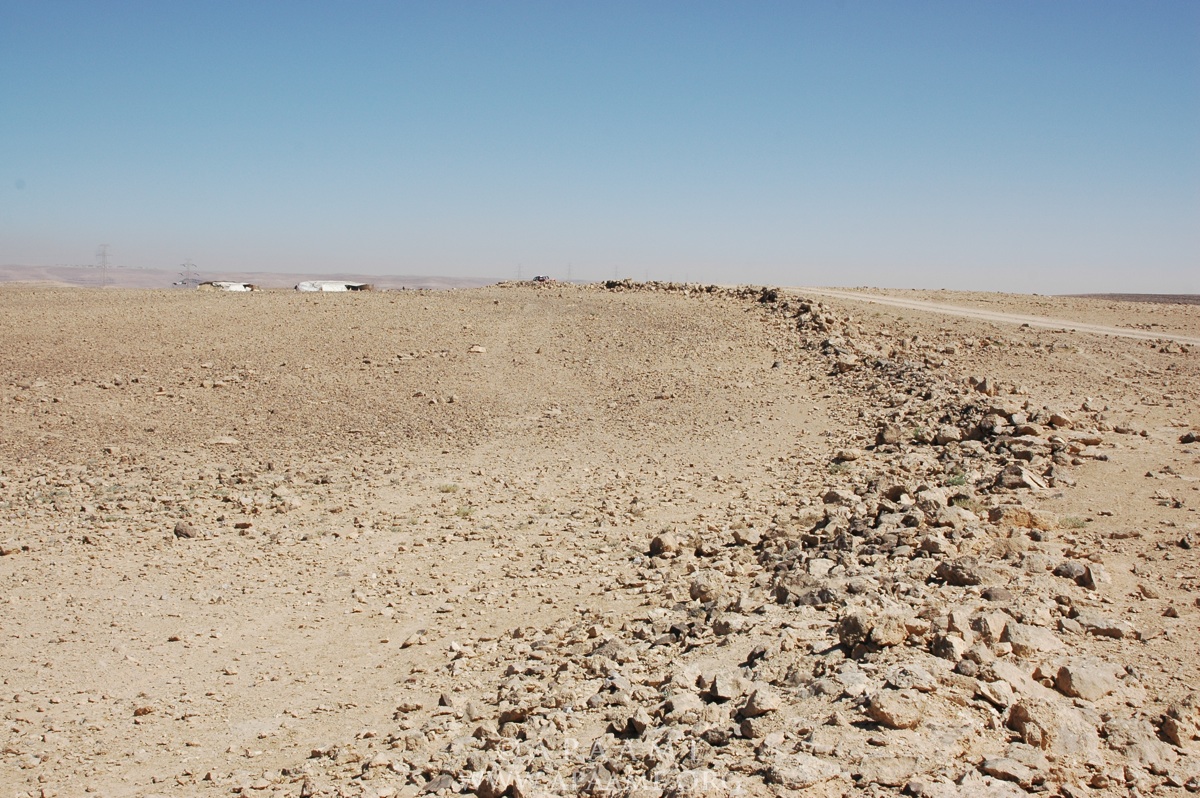
An image of the same circle, J2, as seen from the ground. The stone walls of the Big Circles were originally no more than a few feet high. Curiously the circles don't seem to have any openings, so people would have had to hop over the low walls to get inside. (Image Credit: David L. Kennedy, copyright is retained by the Aerial Photographic Archive for Archaeology in the Middle East image APAAMEG_20070817_DLK-0012)
A field runs through it
Sign up for the Live Science daily newsletter now
Get the world’s most fascinating discoveries delivered straight to your inbox.
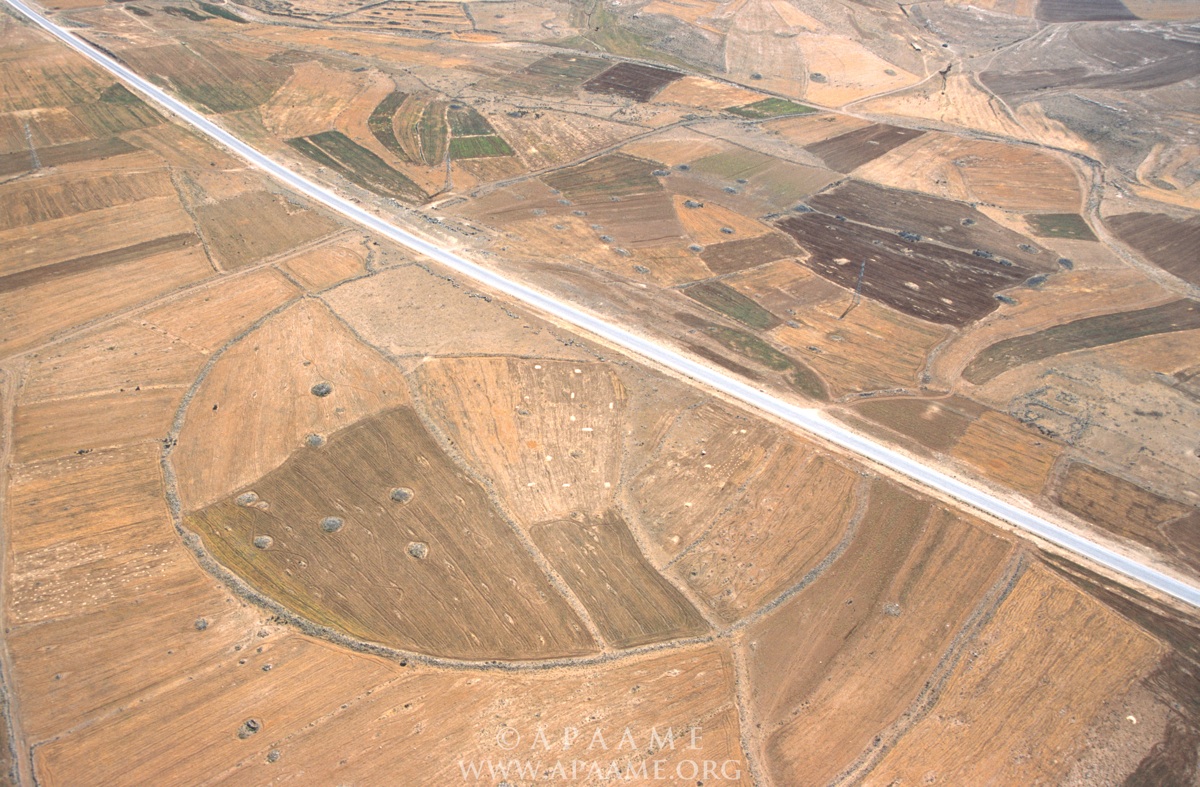
Another Big Circle, this one called J3, extends some 400 m (1,312 feet) in diameter. Modern-day fields and a modern-day road in the Middle East cut through the expansive circle. (Image Credit: David L. Kennedy, copyright is retained by the Aerial Photographic Archive for Archaeology in the Middle East image APAAME_20040601_DLK-0107)
Creating a circle
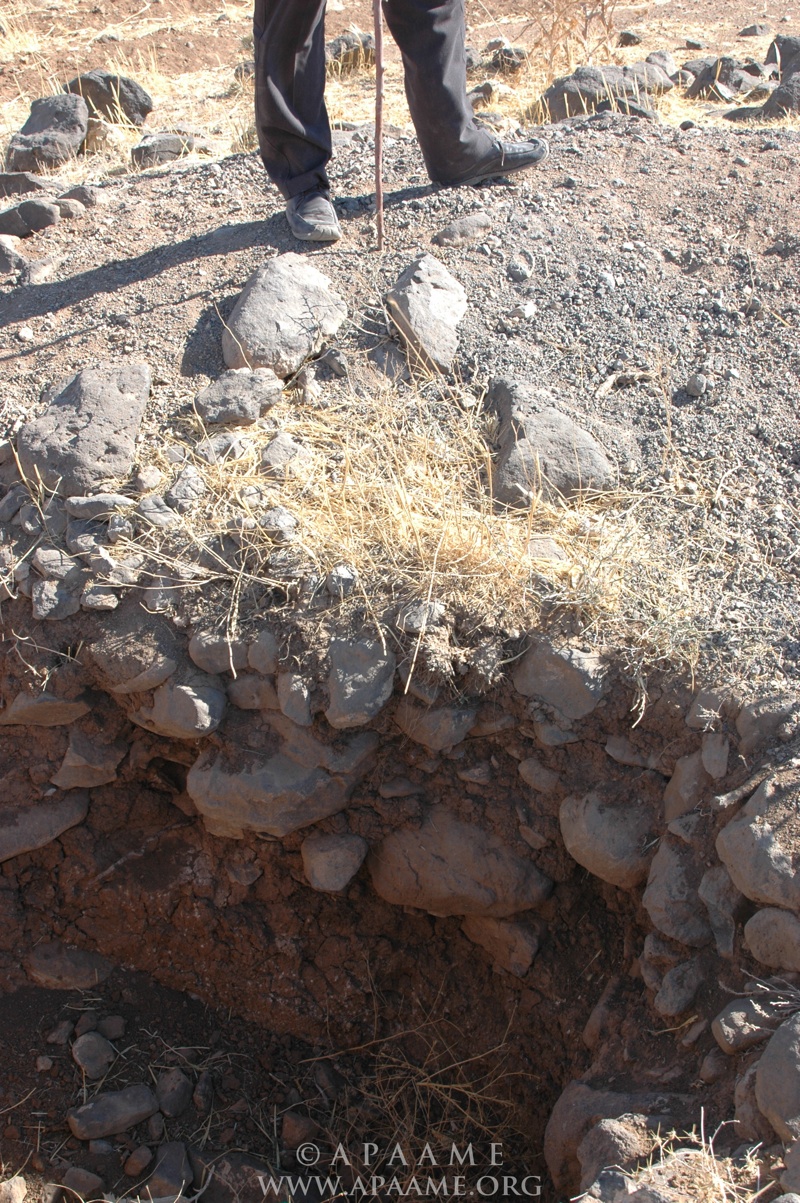
A pit exposing several layers of the stone wall of circle J3 can be seen. Researchers believe that a dozen people, working hard, could construct a Big Circle in about a week, though creating such a precise shape would be tricky. (Image Credit: David L. Kennedy, copyright is retained by the Aerial Photographic Archive for Archaeology in the Middle East image APAAMEG_20070817_DLK-0077)
Groomed circle
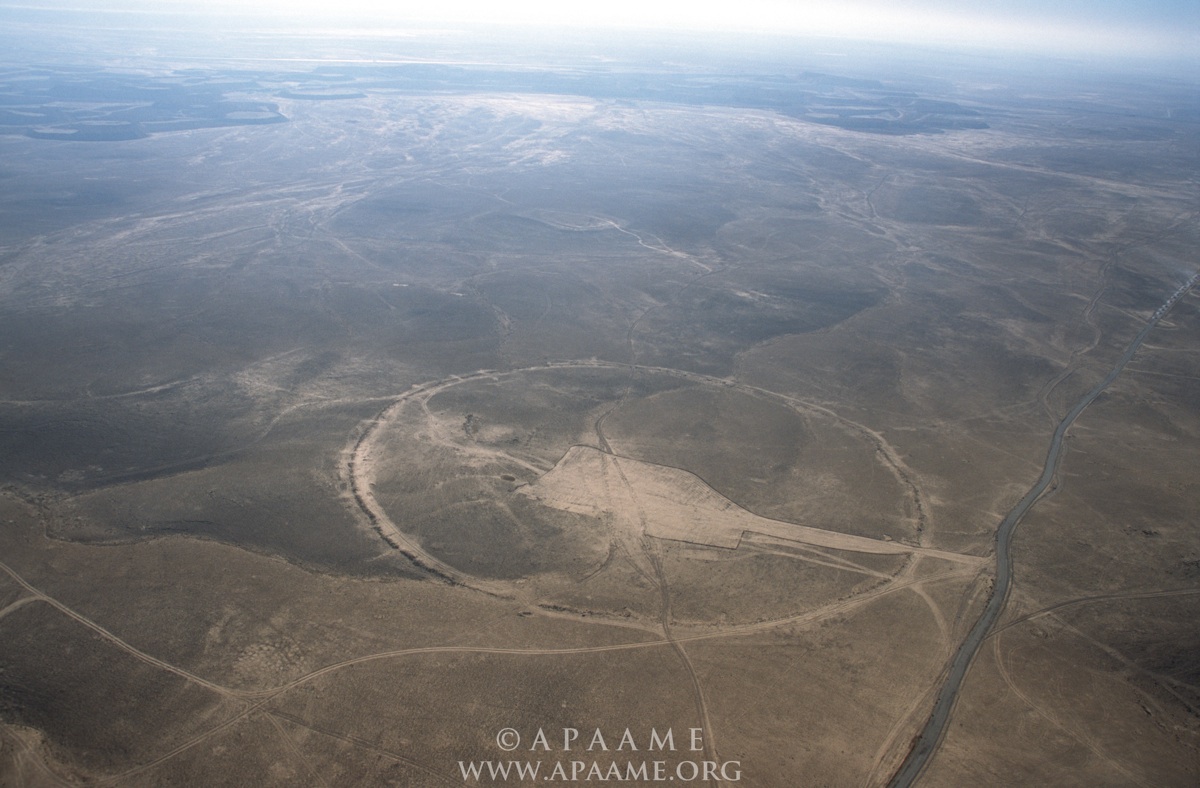
The Big Circle called J1 is about 390 m (1,280 feet) in diameter. Modern-day bulldozing has created an open area in the interior of the circle. Archaeologists involved in the project hope images like this one will make other scientists aware of the mysterious stone circles. (Image Credit: David L. Kennedy, copyright is retained by the Aerial Photographic Archive for Archaeology in the Middle East imageAPAAME_20040601_DLK-0041)
Attention to detail
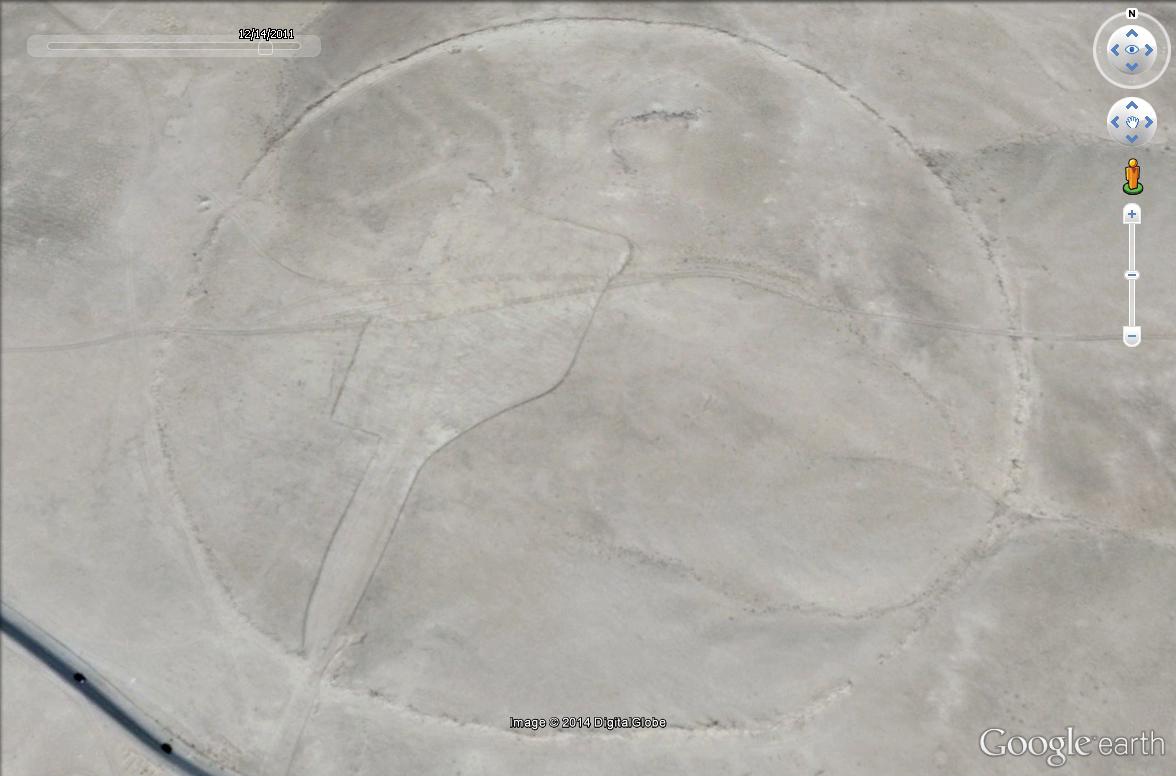
Big Circle J1 as seen from a satellite image available on Google Earth. Although damaged by modern-day bulldozing, the precision of the circle's shape is still visible. (Image copyright Digital Globe, courtesy Google Earth)
Roman milestones
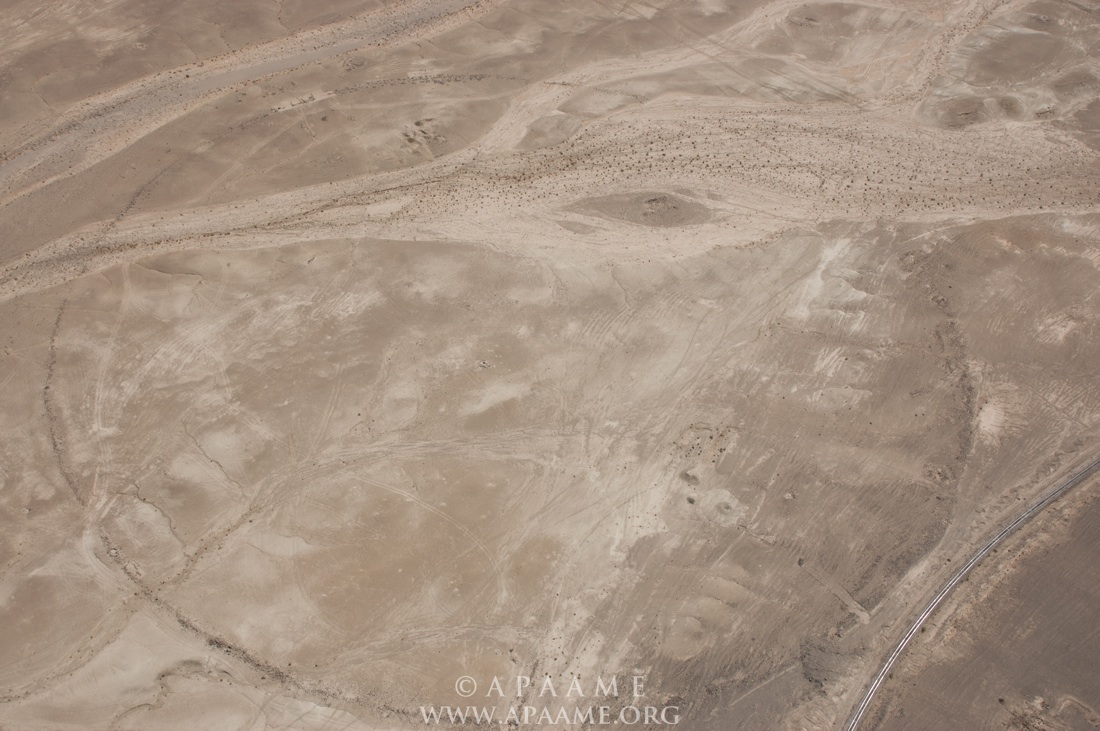
The Big Circle called J4 is about 420 m (1,378 feet) in diameter. An ancient track road runs through it. South of the circle this track road has three Roman milestones. During the Roman Empire milestones were erected at regular intervals, giving travelers an idea of how far they'd gone. Milestones also bore the name of the Roman emperor, letting people know that Rome controlled the territory. (Image Credit: David L. Kennedy, copyright is retained by the Aerial Photographic Archive for Archaeology in the Middle East imageAPAAME_20051002_DLK-0139)
Circle from above
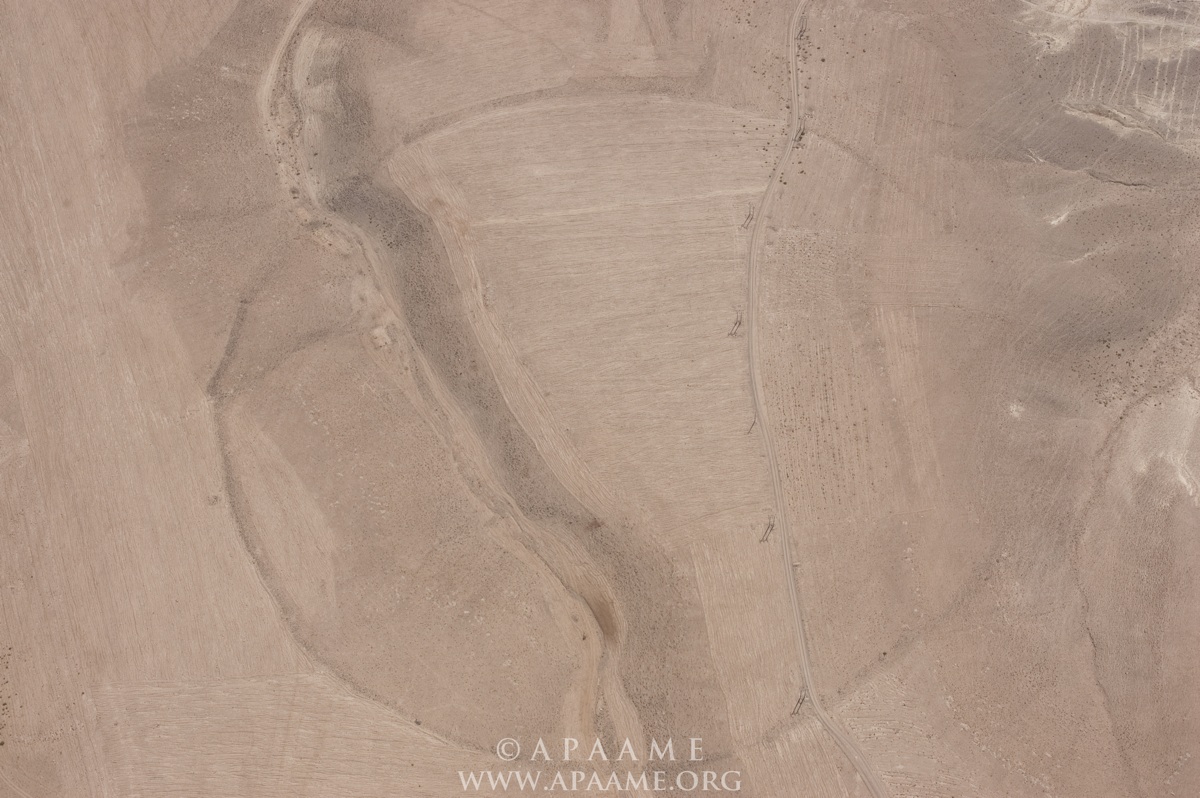
Here an aerial image of Big Circle J6, which is about 400 m (1,312 feet) in diameter. To figure out what the Big Circles, like this one, were used for, archaeologists will need actual fieldwork, said the scientists involved in the aerial image project. (Image Credit: Stafford Smith, copyright is retained by the Aerial Photographic Archive for Archaeology in the Middle East imageAPAAME_20090930_SES-0081)
Wonky shape

The Big Circle called J10 is irregularly shaped and has a Roman road cutting through it. This and other Big Circles were part of a were part of a landscape rich in stone structures, such as so-called Wheels (structures with spokes radiating out) and Kites (stone structures used for funnelling and killing animals). (Image Credit: David L. Kennedy, copyright is retained by the Aerial Photographic Archive for Archaeology in the Middle East imageAPAAME_20080925_DLK-0083)
Syrian Circle
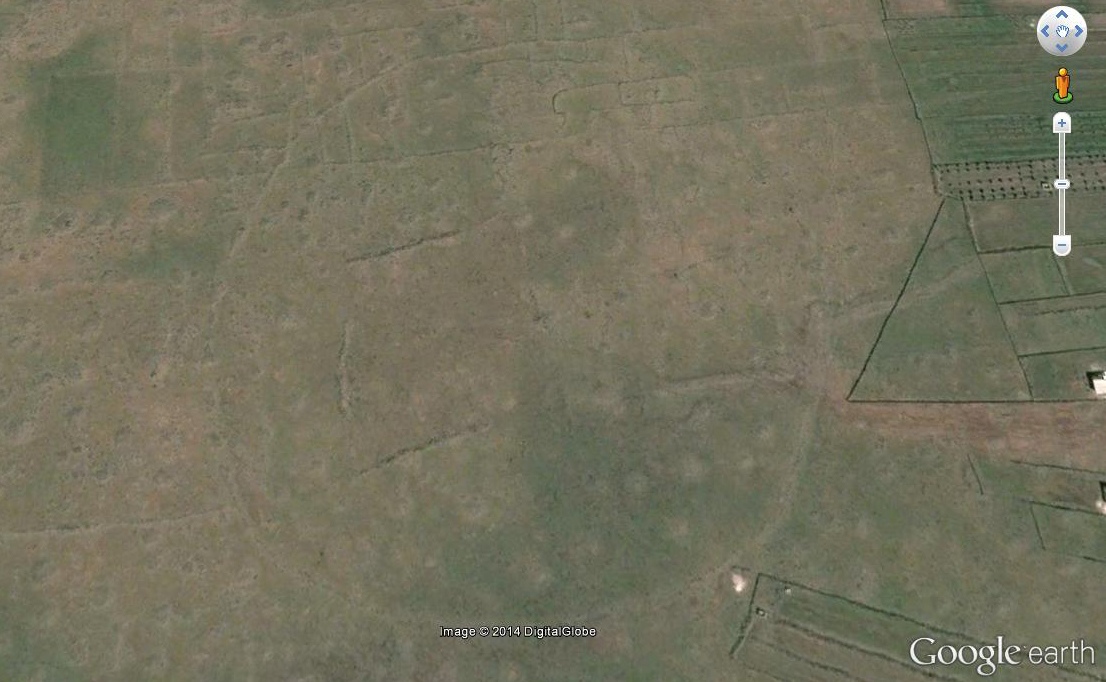
This circle was located near Homs, Syria. Now virtually destroyed it can still be seen on archive Google Earth imagery (this image is an archive shot). This circle was examined on the ground before it was destroyed. Researchers found that it overlooks a basin that was rich in crops and settlements. (Image copyright Digital Globe, courtesy Google Earth)
Follow us @livescience, Facebook & Google+.

Owen Jarus is a regular contributor to Live Science who writes about archaeology and humans' past. He has also written for The Independent (UK), The Canadian Press (CP) and The Associated Press (AP), among others. Owen has a bachelor of arts degree from the University of Toronto and a journalism degree from Ryerson University.









